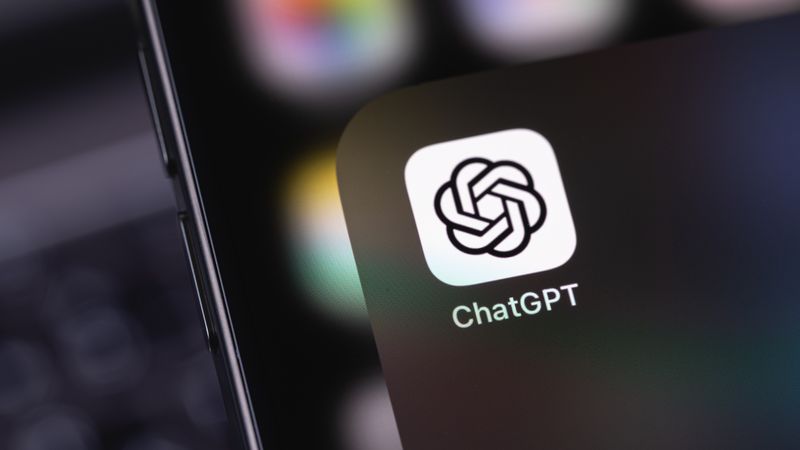In 2025, how we interact with AI tools like ChatGPT is undergoing a transformation. With new capabilities like persistent memory, advanced chat context, and project-based workflows, the question is no longer “should I ask ChatGPT something?” but rather “should I start a new chat or continue the previous one?”
Let’s unpack this in a way that’s not just insightful but also optimized for your productivity and SEO-friendly reading.
💡 Why Your Chat Strategy Matters More Than Ever
Every conversation you have with ChatGPT can now be enhanced with memory and task-specific context. This means choosing between starting a fresh chat or continuing an old one could impact the quality and relevance of your AI-generated responses.
✅ Start Fresh When You Need:
-
A completely different topic
-
A new tone or writing style
-
To avoid influence from previous prompts
🔄 Continue the Same Chat If:
-
You’re on the same task or project
-
You’ve given context that matters (e.g. tone, keywords, prior feedback)
-
You’re editing or iterating content
🧠 How ChatGPT’s Memory Works (2025 Update)
🔍 Memory vs Context: What’s the Difference?
| Feature | Chat Memory | Chat Context |
|---|---|---|
| Storage Type | Long-term (across sessions) | Short-term (within one chat session) |
| User Control | Can be reviewed and turned off | Always active per session |
| Purpose | Remembers preferences & projects | Keeps recent conversation flow intact |
Example: Memory might remember you like concise Instagram captions. Context remembers this caption you wrote today.
🧠 Smart Use Case: Projects
If you’re a paid user, the Projects feature allows you to group chats, uploads, and tasks under a single umbrella.
Benefits:
-
Remembers what you’re doing between sessions
-
Eliminates need for re-uploading files
-
Streamlines multi-step workflows
📊 Should You Start a New Chat or Not? [Quick Comparison Table]
| Situation | Recommended Action | Why? |
| Writing blog posts in steps | Continue existing chat | Maintains tone and progress |
| Planning a vacation after writing an AI post | Start new chat | Avoids confusing tone/context crossover |
| Editing a previously generated output | Continue existing chat | Prevents duplicate suggestions and maintains coherence |
| Getting a fresh perspective on the same topic | Start new chat | Removes bias from previous thread |
| Brainstorming quick ideas | Either | Depends on how much continuity you need |
🚀 Tips to Maximize Productivity with ChatGPT
-
Use the memory settings to personalize your interactions.
-
Review what ChatGPT remembers from your settings page regularly.
-
Label ongoing threads clearly to avoid confusing them later.
-
Use Projects for anything complex — courses, brand strategies, large content campaigns.
-
Switch chats often if things get confusing — don’t force a single thread forever.
🧩 Real-Life Example: Blogging with ChatGPT
Let’s say you’re a content marketer:
-
You start a chat to outline a blog on “AI in healthcare.”
-
You return later to finish the intro — continue the same chat.
-
Now you need help with a new post on “Travel Tech 2025” — start fresh.
It’s like writing chapters of different books — use different notebooks.
🎯 Final Thoughts: Use ChatGPT as a Creative Partner
There’s no strict rule, but understanding how memory and context work helps you make smarter decisions.
-
Stick with a chat when the goal hasn’t changed.
-
Start fresh when the topic or tone shifts.
-
Use Projects for complex, ongoing workflows.
As ChatGPT evolves, your strategies should evolve too — treat it like a collaborative digital assistant, not just a tool.
📷 Suggested Graphics
-
Graphic: Mind Map – “When to Start a New Chat vs Continue”
-
Infographic: Memory vs Context Explained Visually
-
Screenshot: ChatGPT memory settings dashboard
-
Flowchart: Choose the Right Chat Strategy




